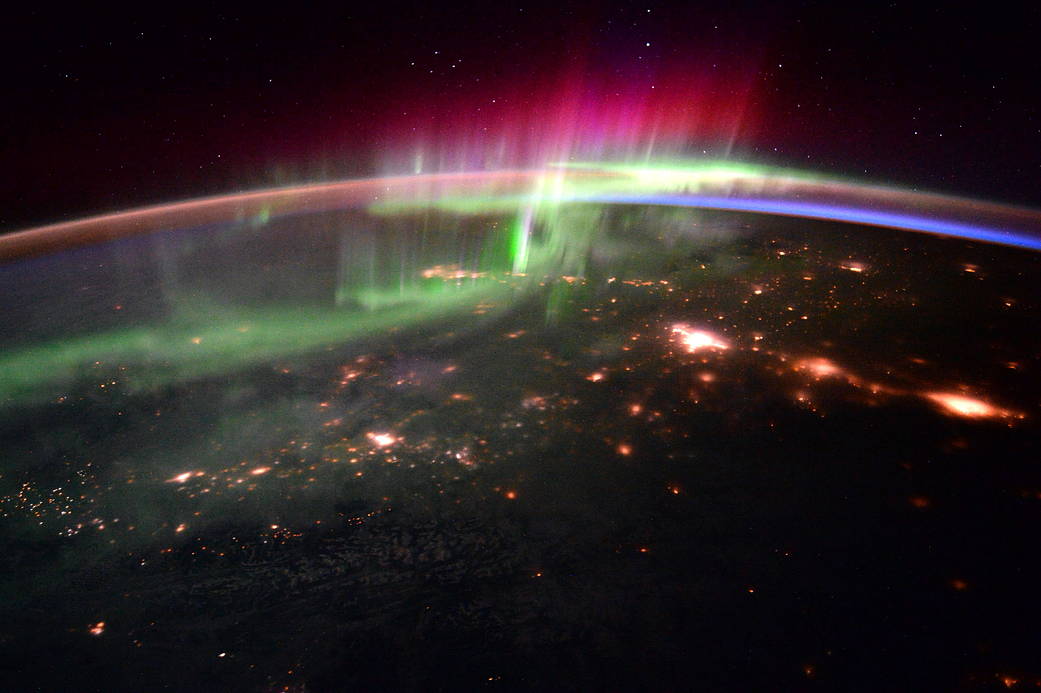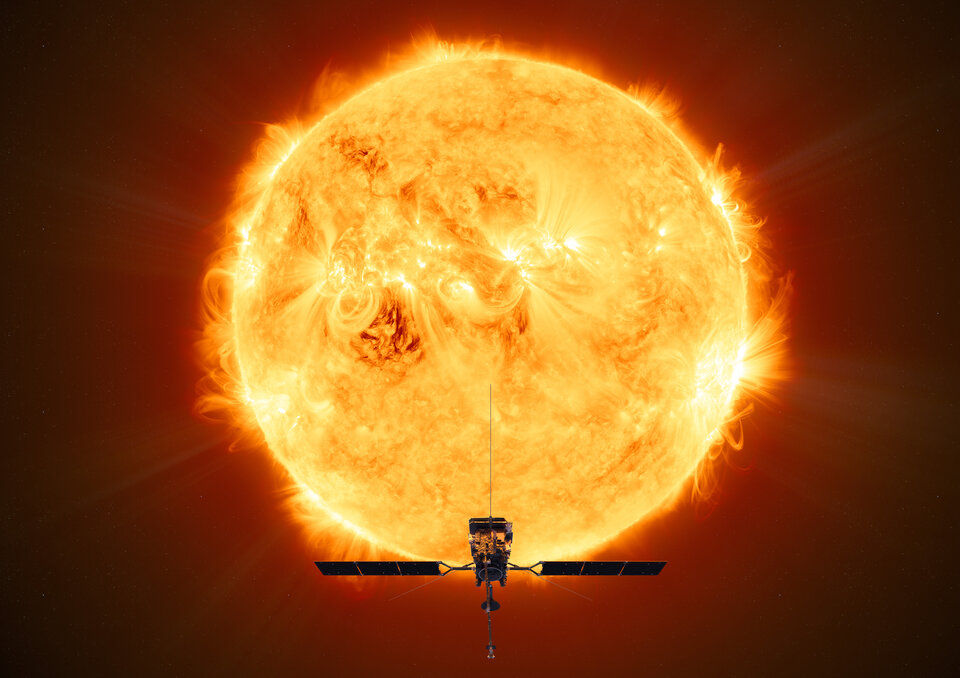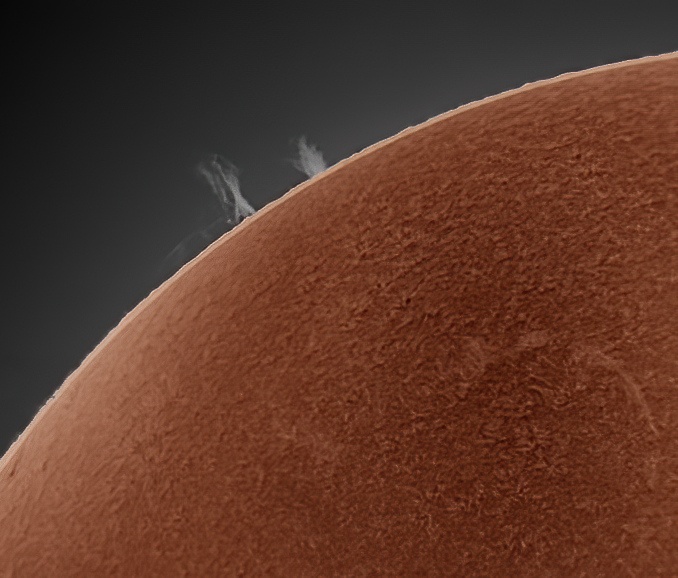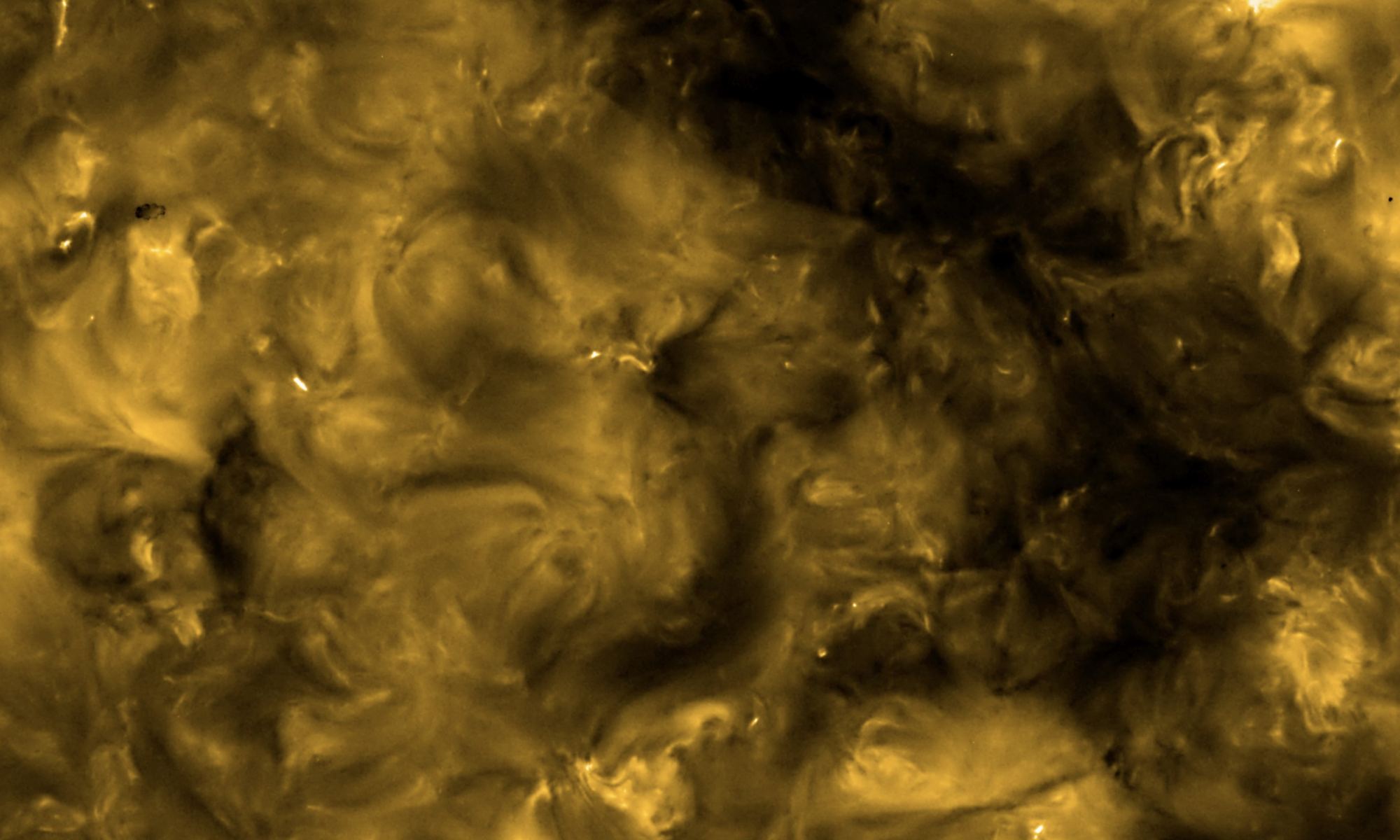How dating an ancient text revealed one of the oldest observations of aurora known.
It’s one of the greatest sky spectacles you can witness. Along with a total solar eclipse and a major meteor storm, I’d put a fine aurora display up there as one of the the most amazing things you can see in the night sky. And we’re not talking about the dull green glow that folks in the ‘lower 48’ see to the north and dismiss, but the glorious silent streamers of auroral curtains that can light up the entire sky.
Now, a recent study, entitled A Candidate Auroral Report in the Bamboo Annals Indicating a Possible Extreme Space Weather Event in the 10th Century BCE may have pinpointed one of the earliest accounts on ancient aurorae. In the study, University of Pennsylvania and Nagoya University researchers culled through the legendary chronicle known as the Bamboo Annals (also sometimes referred to as Zhushu Jinian) penned around the 4th century BCE. Chinese texts are some of the best documented sources of sky phenomena stretching back over the millennia, to include accounts of naked eye sunspots, supernovae and meteor outbursts.
Continue reading “Chinese Astronomers Recorded Earliest Account of Aurora”











